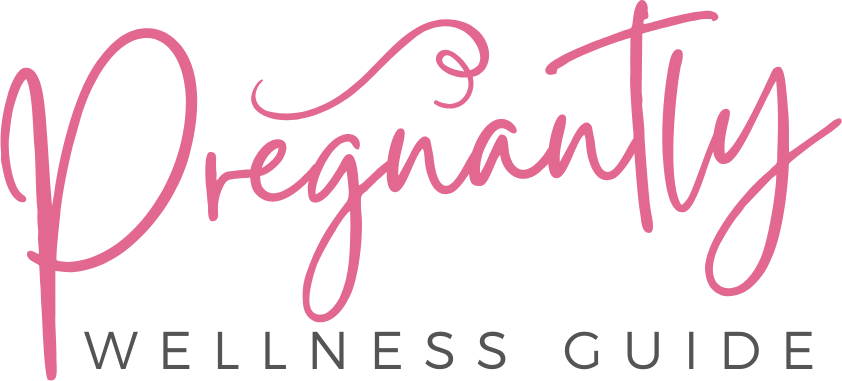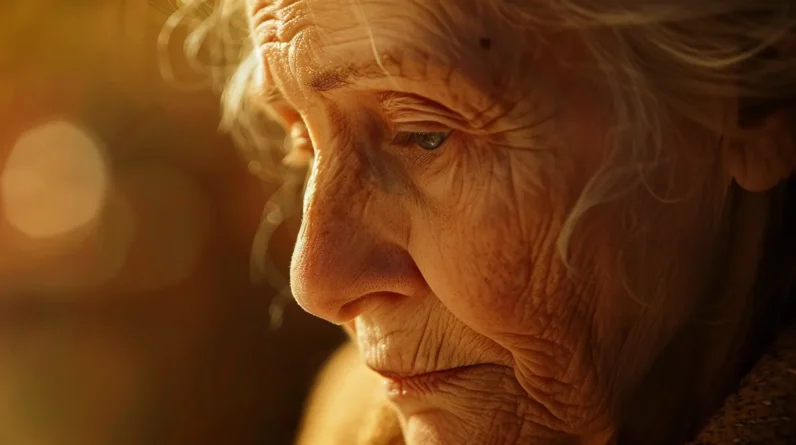
Mental Health in Women
Mental health is an essential aspect of overall wellness, yet it’s often ignored or stigmatized in society. Mental health issues can affect anyone for any reason; however, women are at an overall higher risk of developing mental health disorders, particularly anxiety and depression.
Depression is suggested as a leading cause of disability worldwide, according to the World Health Organization, illustrating how impactful and debilitating mental illness can be. Although there are certain obstacles to face, women can take many steps to achieve better mental health and overall wellness.
In what follows, we will discuss some of the ways that women can prioritize their mental health via prevention and management techniques, including self-care practices, therapy, and medical treatment, when necessary. First, however, let’s explore some common mental health problems in women.
Common Mental Health Problems in Women
Depression, anxiety, and post-traumatic stress disorder (PTSD) are some of the most common mental health problems experienced by women. These conditions can be debilitating, leading to difficult daily life and overall well-being.
The following is an elaboration on the definition of each condition as well as some of the most effective corresponding treatment options.
• Depression
Depression is a mood disorder that causes changes in how a person feels, thinks, and behaves. It’s a serious illness that can cause prolonged feelings of melancholy, lack of hope, and loss of interest in activities that were once enjoyable.
Women are more likely than men to experience depression, and the potential causes of depression include genetics, possible effects from estrogen level fluctuations, life events, and brain chemistry.
Treating depression typically involves a combination of approaches, such as medication, therapy, and even lifestyle changes. Antidepressant medication can help regulate mood, therapy can help individuals learn coping strategies and identify negative thought patterns, and lifestyle changes can directly improve mental and physical health in many ways.
• Anxiety
Anxiety does occur naturally, but it becomes a problem when it’s excessive or persistent. Women have a higher incidence of anxiety disorders, and they can range from generalized anxiety disorder to panic disorder to obsessive-compulsive disorder.
The causes of anxiety include genetics, life events, and brain chemistry, and there are many ways to manage and treat different anxiety disorders.
Treatment for anxiety often includes a combination of therapy and medication. Cognitive-behavioral therapy (CBT) is a helpful technique used by therapists for anxiety, helping individuals learn to manage their thoughts and behaviors in response to stressors. Medications such as anti-anxiety drugs or antidepressants also can help alleviate symptoms.
• PTSD
Post-traumatic stress disorder (PTSD) is a condition occurring secondary to an individual experiencing or witnessing a traumatic event, such as a sexual assault, military combat, or natural disaster.
Similar to anxiety, women have a higher incidence of PTSD. The specific symptoms seen include flashbacks, nightmares, and hyper-vigilance. Ongoing research has revealed different treatment options.
Treatment for PTSD typically involves therapy, such as trauma-focused cognitive-behavioral therapy, which helps individuals process and cope with traumatic events. Eye Movement Desensitization and Reprocessing is another therapy that is commonly used to treat PTSD.
Finally, medications may also be prescribed to help manage symptoms of PTSD in certain cases of this condition.
Burnout and Mental Health in Women
The condition of burnout, particularly derived from the workplace but also related to home life in certain cases, has been shown to be a major contributor to mental health issues.
Burnout can be defined as a state of mental and physical exhaustion that occurs with increased exposure to stress. This condition can affect anyone, but women are quite vulnerable in our society due to continuing gender roles, societal expectations, and the ongoing fight for gender and pay equality. Women also often take on the personal responsibilities of caring for children or elderly relatives, which can be very exhausting.
Women are often likely to experience burnout, and it can have serious consequences for mental health. Burnout can lead to feelings of depression, anxiety, and even suicidal thoughts. It can also cause physical symptoms, such as headaches, stomach problems, and chronic fatigue.
It’s important to identify the signs and symptoms of burnout early on and take steps to address these issues.
The following are some key stress management techniques that can help:
- Identify signs and symptoms of burnout: The first step in managing burnout is to recognize the signs and symptoms. These can include feelings of exhaustion, irritability, and decreased productivity.
- Build resilience and coping mechanisms: Developing resilience can help you manage stress more effectively. Appropriate methods to use to increase resilience include practicing self-care, setting boundaries, and maintaining social connections.
- Time management and work-life balance strategies: It’s important to prioritize self-care and make time for hobbies, family, and friends. Setting realistic goals and deadlines can help manage stress and prevent burnout.
- Seek social support and community resources: Talking to friends and family about your feelings can help reduce stress and build resilience. Seeking support from community resources like counseling services or support groups can also be helpful.
- Mind-body practices: Mind-body practices like yoga, meditation, and mindfulness are helpful processes that can help alleviate stress and improve overall well-being. Confidence-building activities like journaling and positive affirmations can also be helpful in managing burnout.
Final Thoughts
It is important to note that mental health disorders are complex, and the causes and treatment methods can vary from person to person. Seeking professional help from a mental health provider is often the best course of action for those struggling with mental health issues.
With the right treatment and support, women can achieve much better mental health and overall wellness.







